VSB – Technical University of Ostrava (VSB-TUO) actively supports SDG11 Sustainable Citites and Communities by serving as an academic and cultural hub that strengthens community ties. The Poruba campus, open to the public, offers modern sports facilities, quality accommodation, and versatile conference spaces that host both academic and public events. By integrating culture, art, and the preservation of technical heritage into its environment, the University fosters regional cultural and educational development. Through its museum, galleries, libraries, and diverse programmes, VSB-TUO bridges the gap between science, art, and society, promoting an inclusive and dynamic dialogue with the community.
SDG 11: Sustainable Cities and Communities
11.2 Support of arts and heritage
11.2.1. Public access to buildings
VSB - Technical University of Ostrava provides public access to several buildings, monuments, and collections of cultural and scientific significance. The University campus, open to the public, features numerous artworks and monuments that reflect the institution’s cultural heritage.
One prominent example is Professor Pošepný's Geological Pavilion, part of the Faculty of Mining and Geology, which houses an extensive mineralogical, petrographic, palaeontological and regional geological collections as well as collections of mineral deposits. Established in 1849, the collection features over 78,000 items, with about 16,000 showcased for visitors to explore. The Pavilion welcomes visitors for educational and cultural enrichment.
Another notable site, the Ostrava Planetarium, affiliated with the Faculty of Mining and Geology, has been open to visitors since 1980, further supporting public engagement with the University’s scientific and cultural heritage.
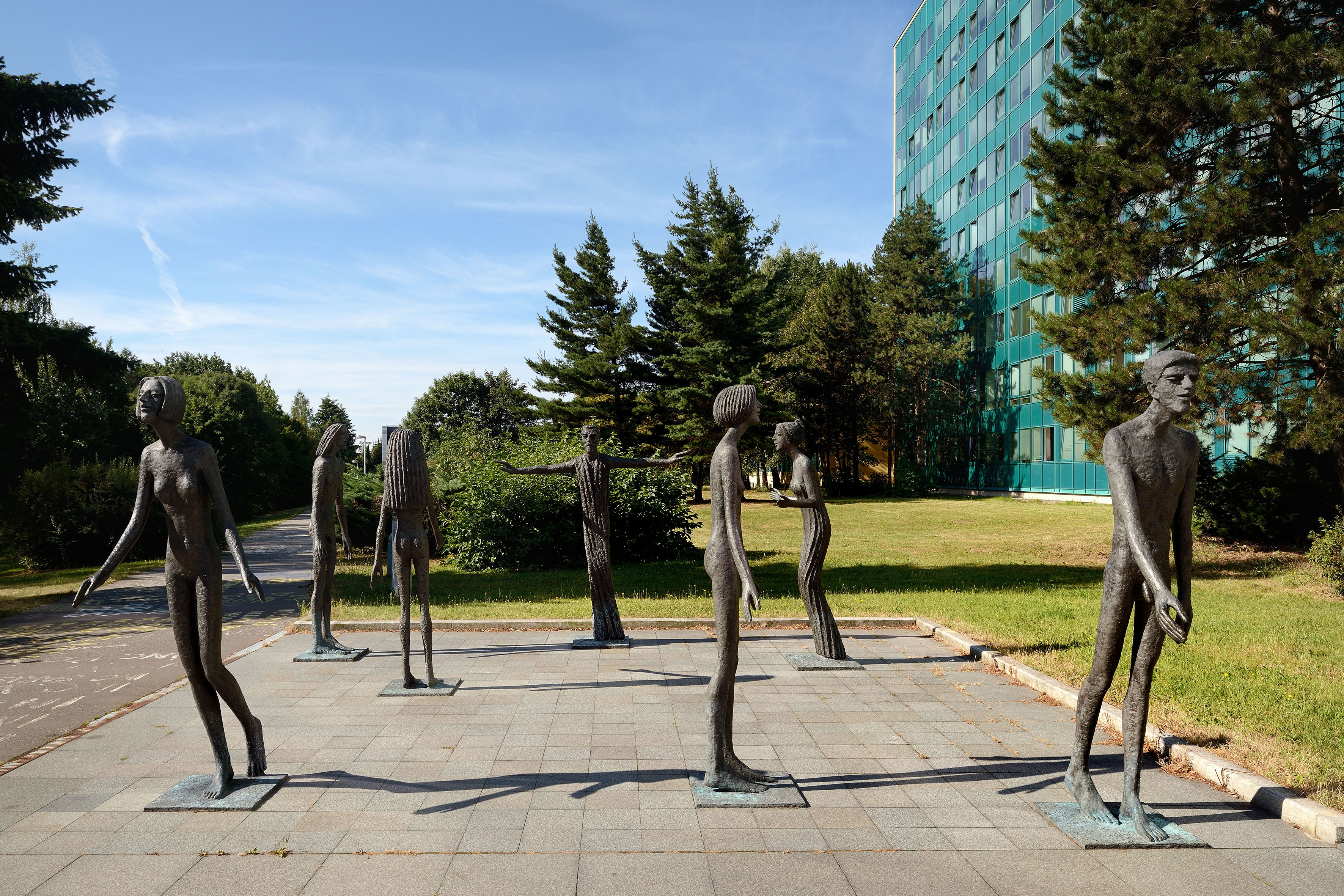
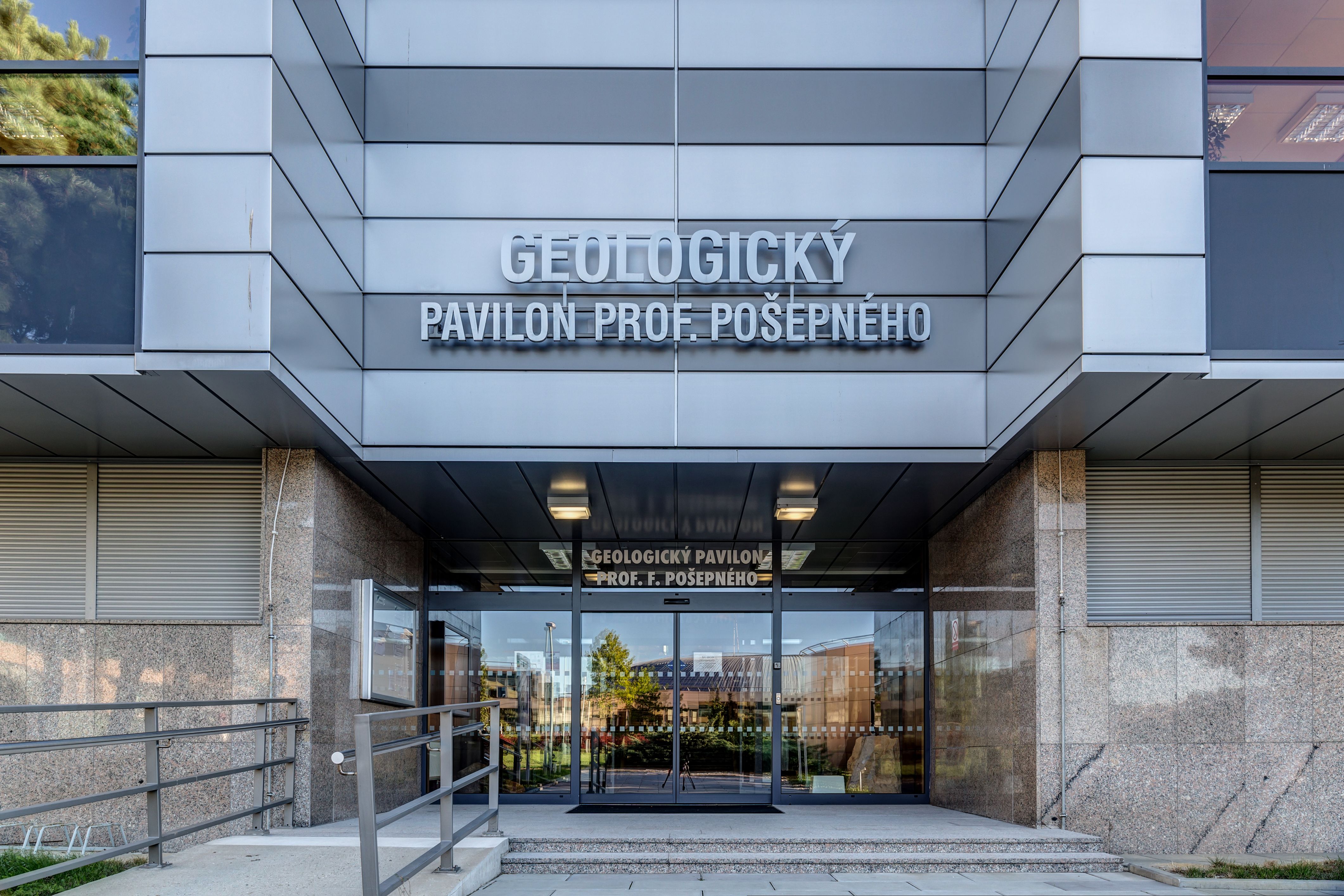
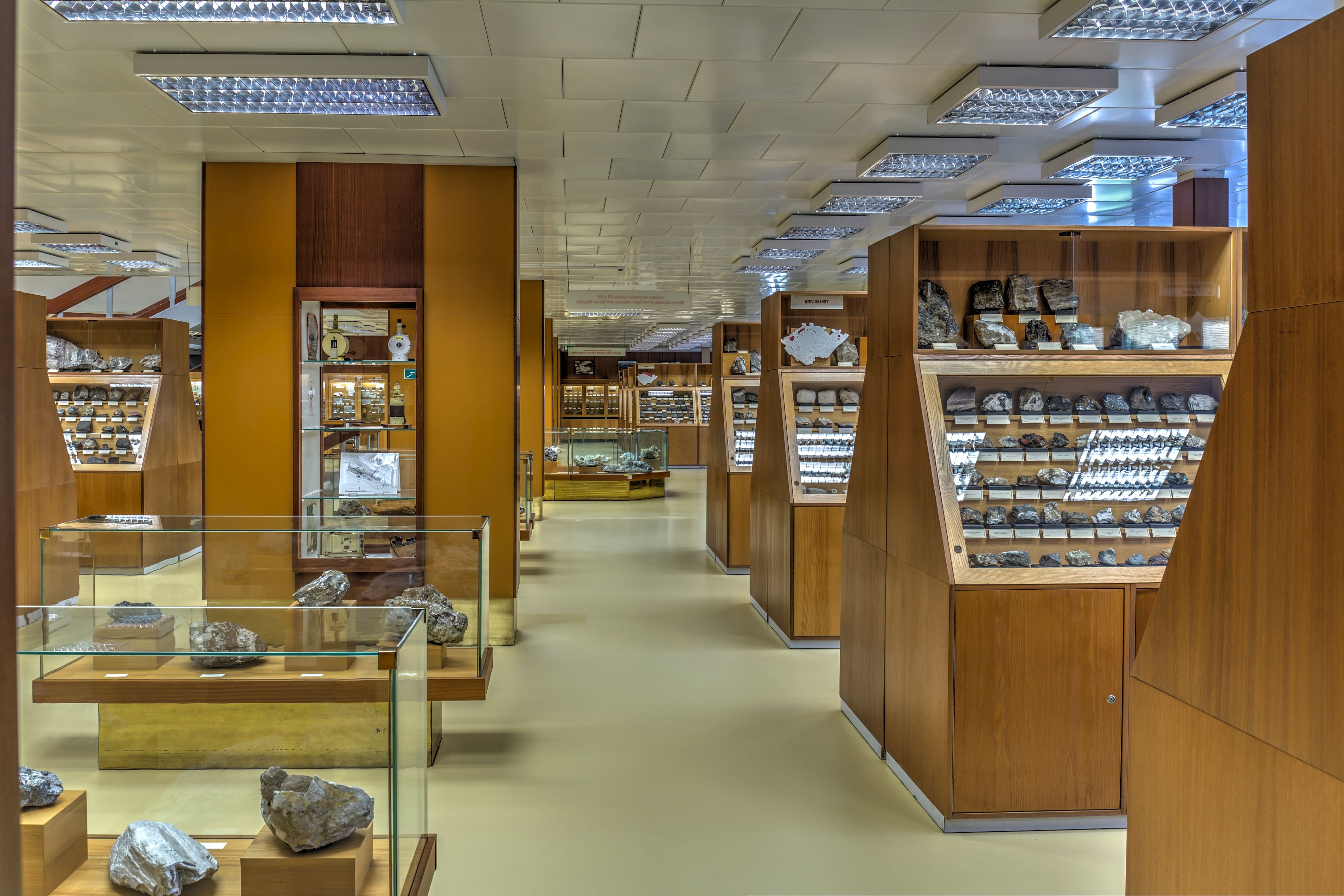
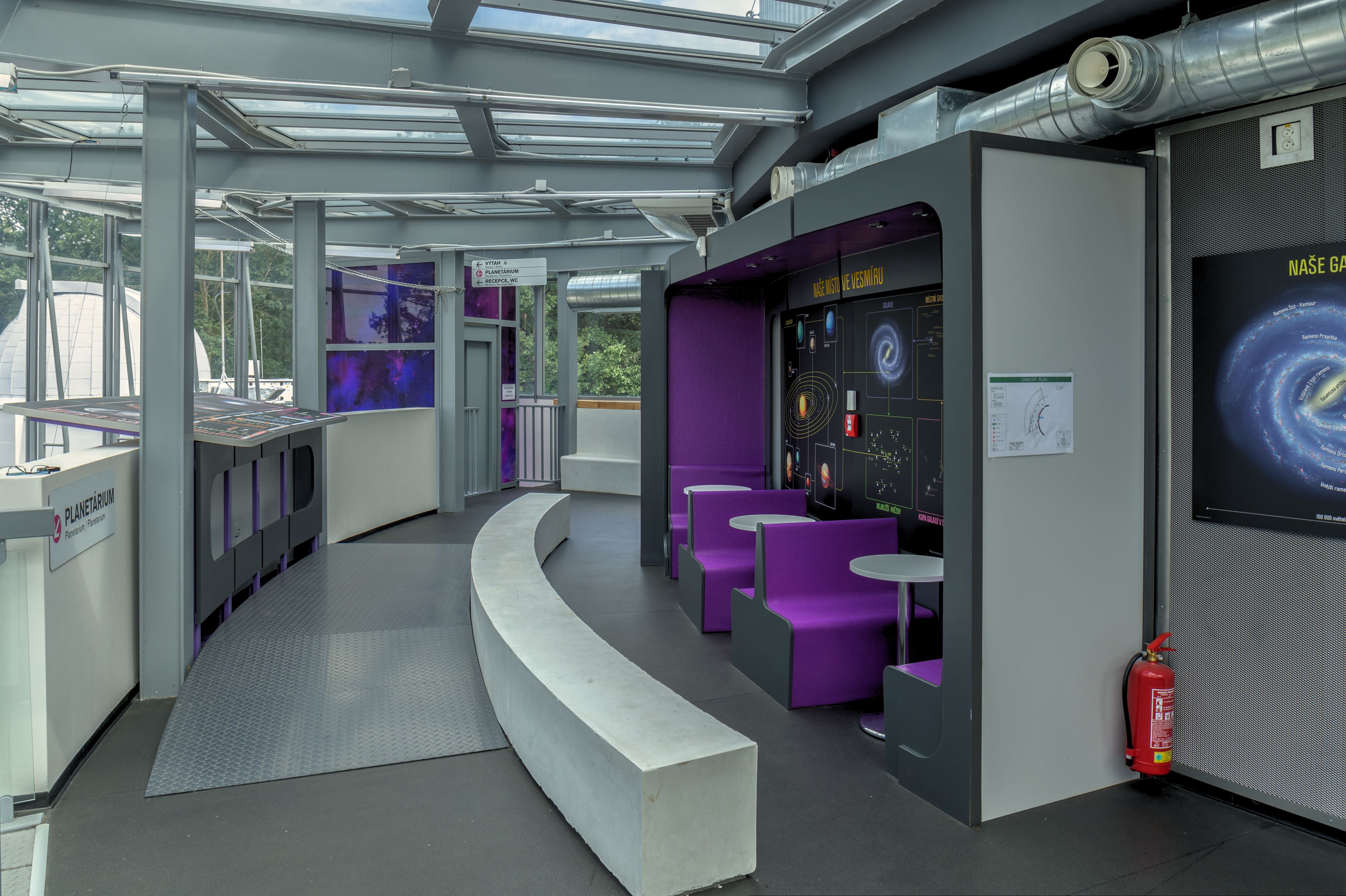


11.2.2. Public access to libraries
VSB - Technical University of Ostrava provides public access to the Central Library, including access to books and publications. University employees, students, and the general public can use the Library's services after registering and receiving or activating a library user card. Registered users have full access to all library facilities, including lending and study rooms, photocopying and scanning equipment, internet-connected computers, and two computer rooms equipped with projectors.
For those who are not registered, the library allows a one-time daily visit for in-house use of documents from the collection. Our library also provides a range of electronic resources accessible online.
Registered users have access to:
- Lending and study rooms
- Photocopying and scanning services
- Internet-connected computers
- Two computer rooms equipped with projectors
Users without registration may:
- Use study areas and library materials on-site
- Browse the catalogue via dedicated computers
- Study and read books, journals, newspapers, magazines from library collections,
- Attend public events, workshops, lectures, and festivals
Useful links
- Library Registration: https://knihovna.vsb.cz/en/first-time/registration/
- Access for users without registration: https://knihovna.vsb.cz/en/first-time/without-registration/
- Library and Circulation Rules of the VSB – Technical University of Ostrava Central Library: https://knihovna.vsb.cz/export/sites/knihovna/.content/galerie-souboru/TUO_SME_04_003_P_AJ_Knihovni-a-vypujcni-rad.pdf

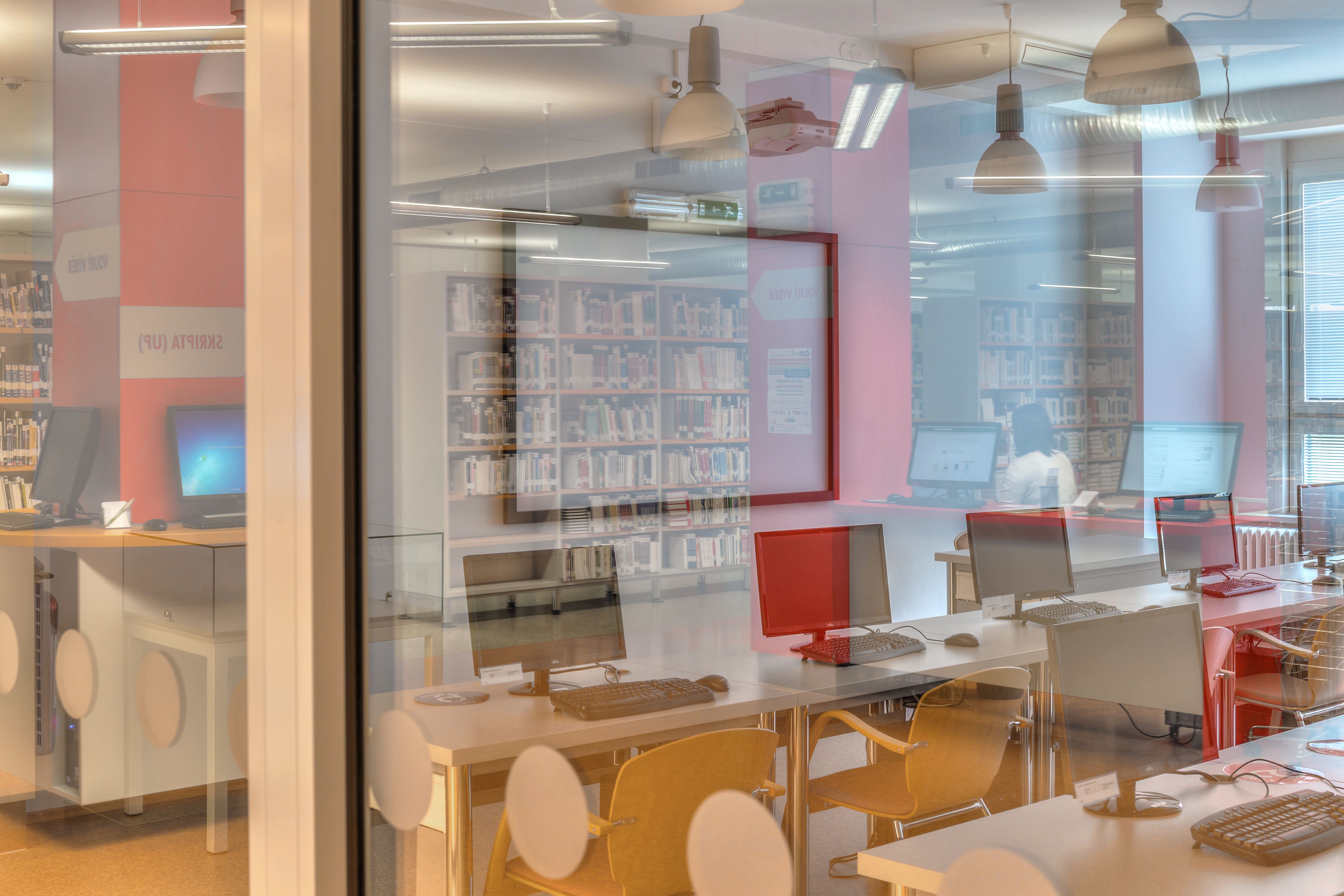
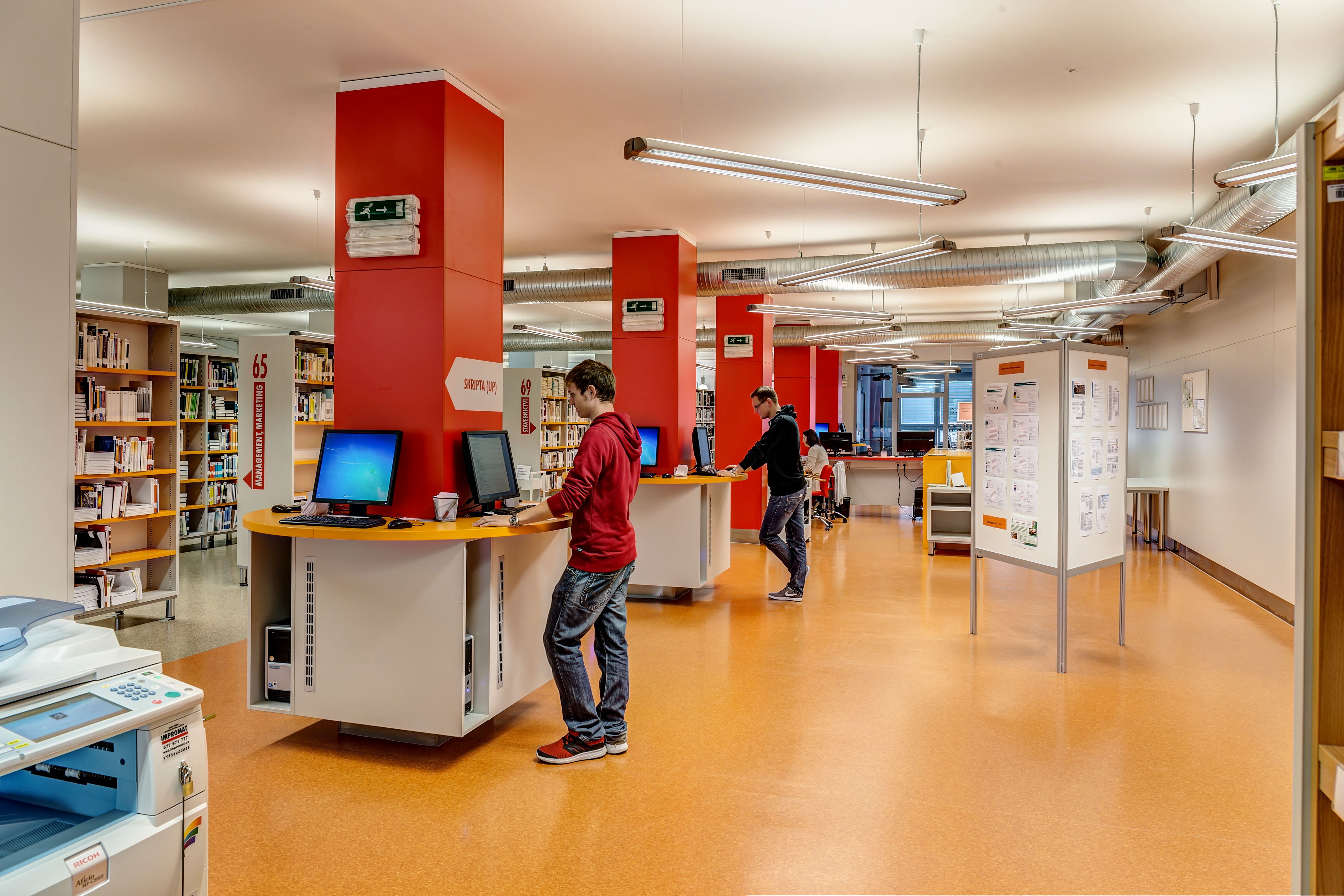
11.2.3. Public access to museums
VSB - Technical University of Ostrava provides public access to several exhibition spaces, including the VSB-TUO Gallery, Galerie FEIKA, and the University's Museum, all of which contribute to a welcoming cultural environment for both the university community and the general public.
The VSB-TUO Gallery, located on the first floor of the central administration building on the main campus in Ostrava-Poruba, has been open since 1999 and showcases works by students, graduates, University employees, and other affiliated groups. This gallery connects the University to regional cultural life, hosting solo shows, department anniversaries, and works by local art students. It also features a special Gallery of Athletes, celebrating student-athletes representing the University in national and international competitions.
Galerie FEIKA, is located in the Faculty of Electrical Engineering and Computer Science building, which opened in 2014. This modern, multifunctional building supports teaching, research, and innovation, while the gallery within it complements its technical focus by integrating art into the academic environment. Galerie FEIKA features rotating exhibitions of paintings, photography, and other visual arts, blending art with the building's contemporary architecture to create an inspiring environment for students, staff, and visitors alike. The building’s modern and visually engaging architecture enhances its function as both a teaching and cultural space. The gallery is open to the public during the building’s operating hours, providing free access to exhibitions and encouraging interaction between the University and the wider community.
In 2020, the University introduced a Museum, offering a unique way to explore the campus’s diverse collection of artworks, which are located throughout campus buildings and public spaces. Although presented as a digital collection, these works of art are physically accessible as they are spread across the campus, allowing visitors to enjoy them freely as they explore the University grounds. The museum is continuously developing, with plans to introduce additional collections and host events that will bring these artistic assets closer to the public.
Additionally, a book titled "Univerzita a umění. Umělecká díla ve veřejném prostoru VŠB-TUO / Art on Campus. The Public Art Collection at VŠB-TUO" was published in 2017, which explores the artworks located across the University campus. The book is is available for download in (click the image below).
 |
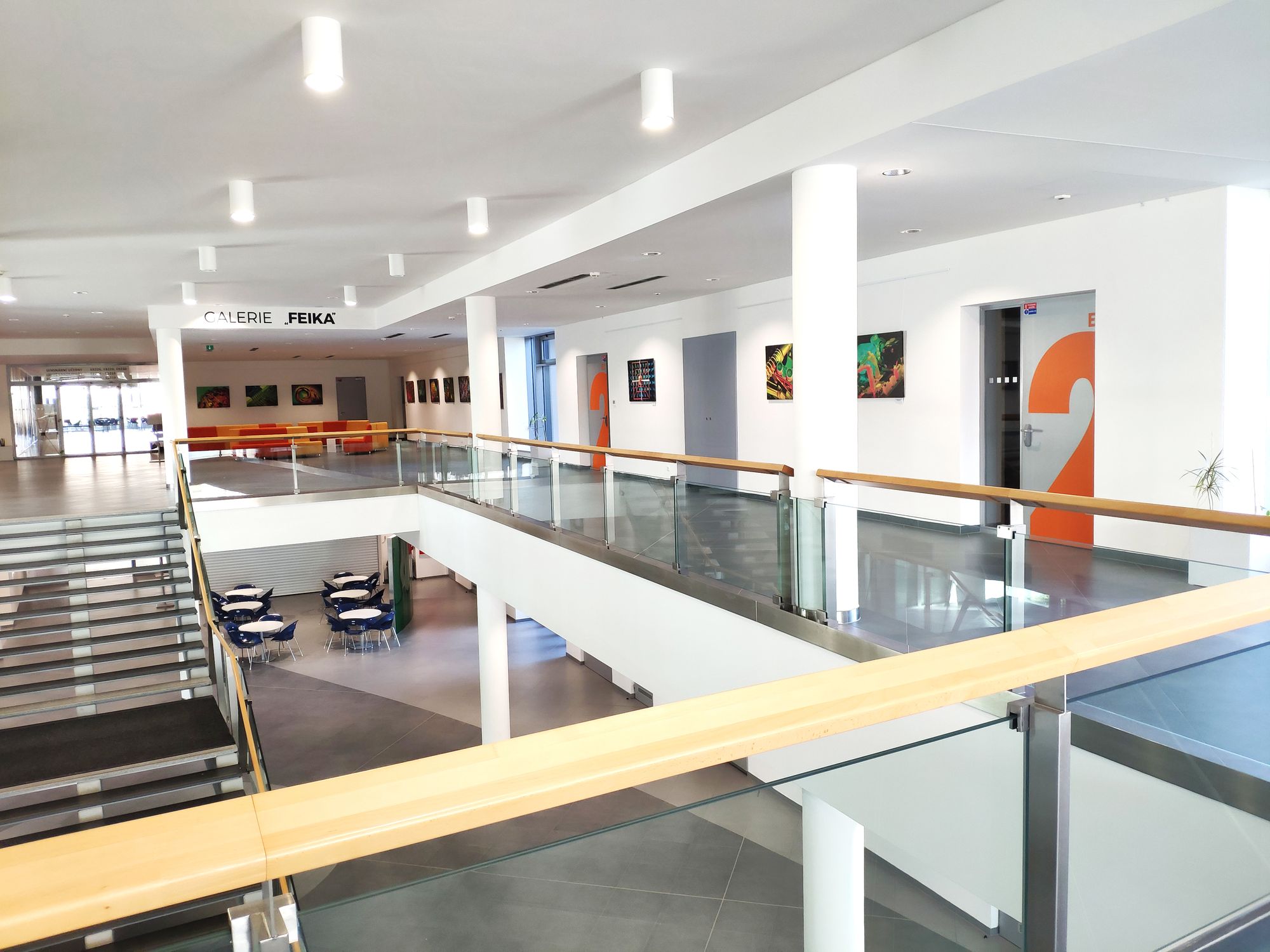 |
|
11.2.4. Public access to green spaces
VSB - Technical University of Ostrava provides free public access to its open and green spaces. Our campus, one of the largest in Central Europe, is located in the pleasant surroundings of the Ostrava-Poruba district, near a forest and with recreational trails for activities like cycling and in-line skating. The campus offers a welcoming environment with extensive green areas where the public can enjoy nature and outdoor activities. Additionally, it includes a variety of sports facilities, both indoor and outdoor, open to students, employees, and the community.
This commitment to accessible open spaces and recreational facilities highlights the University’s role in enhancing quality of life and promoting wellness for both the University community and the public.
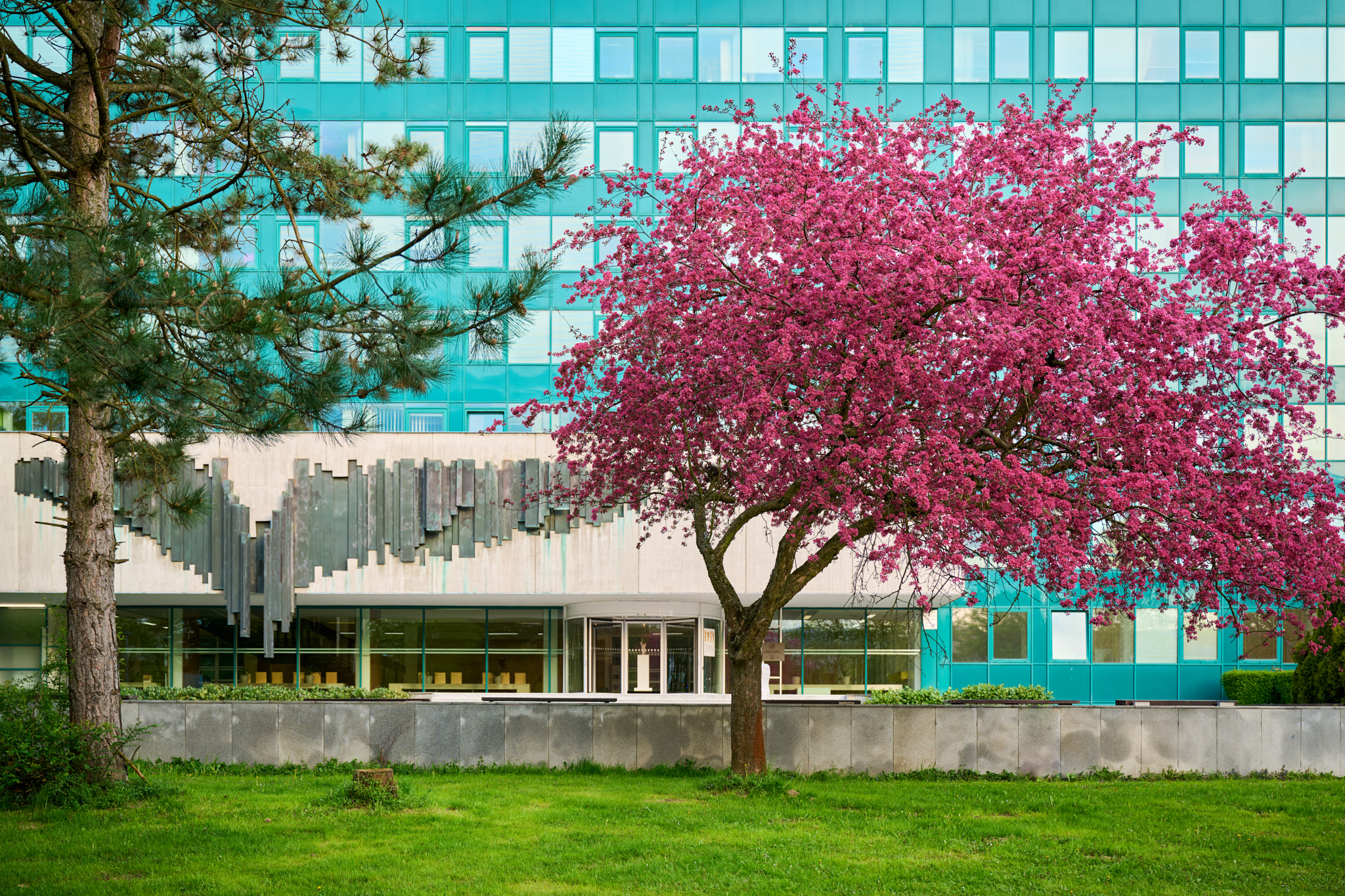
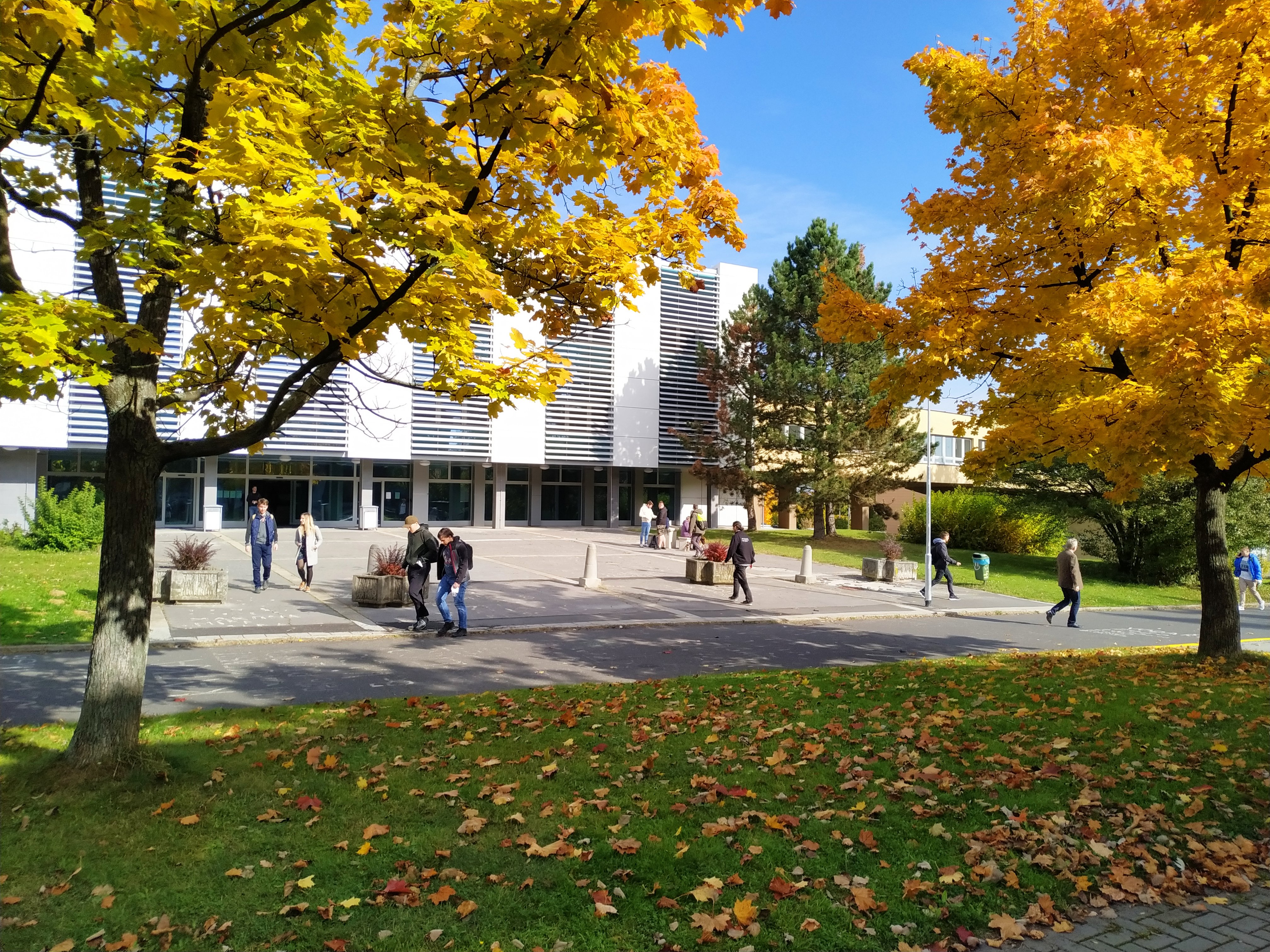

11.2.5. Arts and heritage contribution
The Orchestra of VSB – Technical University of Ostrava is currently the only active large wind orchestra in Ostrava and the only large wind orchestra associated with a university in the Czech Republic. The orchestra actively represents VSB – Technical University of Ostrava, performing concerts not only in Ostrava and the surrounding area but also regularly participating in shows and competitions throughout the Czech Republic and neighbouring countries.
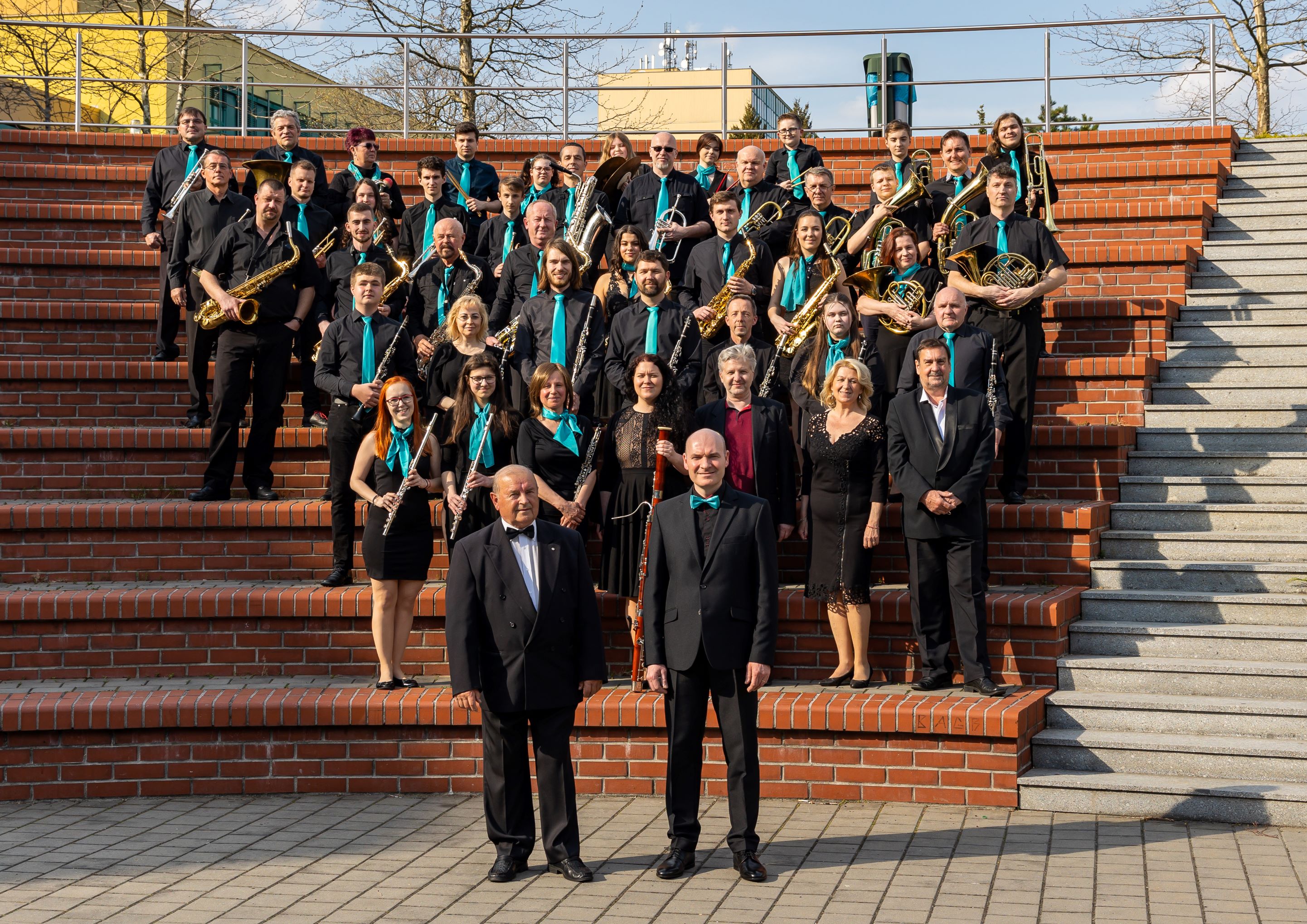
https://orchestr.vsb.cz/en/english/
The Academic Choir of VSB - Technical University of Ostrava is a mixed choir that represents the University both in Czechia and abroad at festivals, and it organises concerts in Ostrava and its surroundings throughout the year. Established in 2007 as a student organisation, the choir plays an important role in the cultural life of the University.

Both the orchestra and the choir perform for the public and also participate in university events such as the Graduate Trail, the Festive Session of the Scientific Council of VSB-TUO, among others.
11.2.6. Record and preserve cultural heritage
VSB - Technical University of Ostrava is committed to preserving and promoting its rich intangible cultural heritage, particularly traditions rooted in mining and metallurgy. The University maintains a collection of historical texts, such as De re metallica libri XII by Georgius Agricola, the oldest book in the University Library, which documents the foundational knowledge of mining and metallurgy. This work, published in 1556, was the core literature on the subject for centuries and reflects the university’s role in preserving and advancing this cultural and scientific heritage. The University also provides digital versions of this important work, including the 1556 Latin edition and the 1912 English translation.
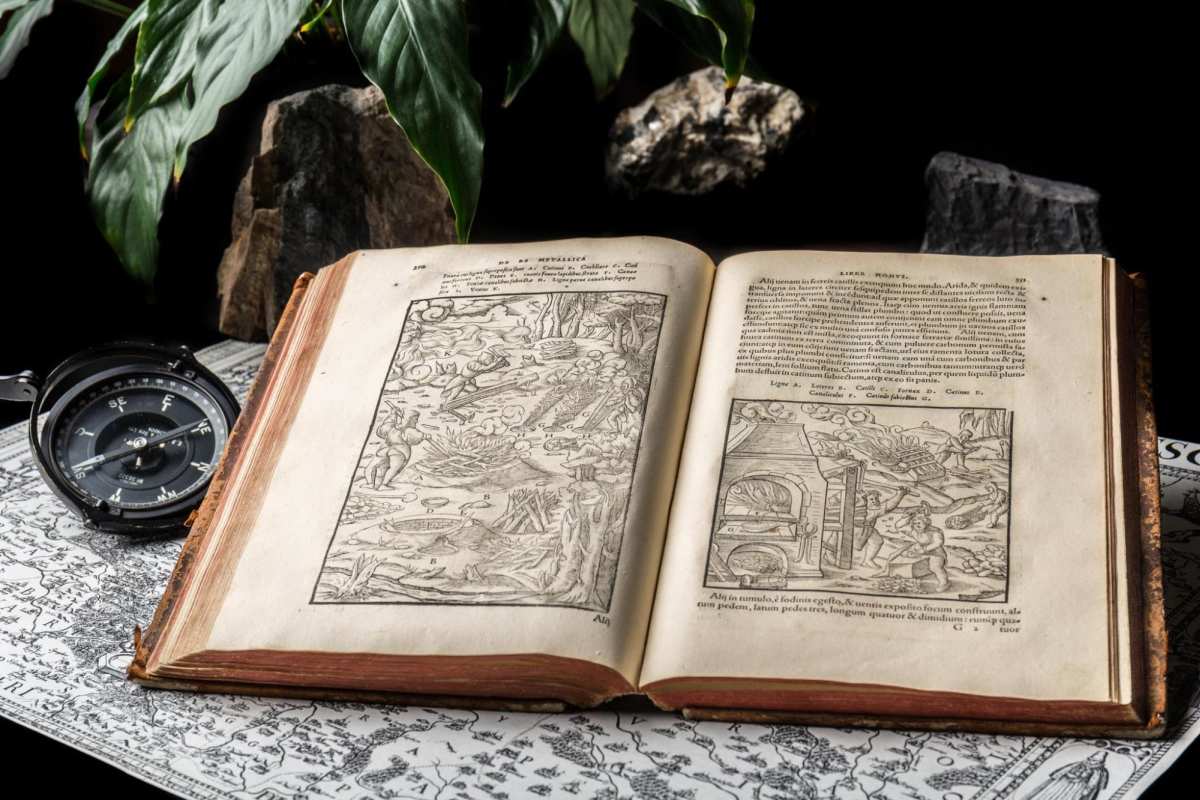
Additionally, the University upholds local traditions through annual ceremonial events, such as processions in historic mining uniforms and the “Jump Over the Leather” initiation ceremony. This ritual, originating in the 16th century, was introduced in Czech and Slovak mines to welcome new apprentices. Through these practices, VSB-TUO not only preserves important local customs and knowledge but also keeps alive the folklore and traditions that have been integral to its identity for centuries. These efforts demonstrate the University’s dedication to safeguarding intangible cultural heritage for future generations.

11.4 Sustainable practices
11.4.1. Sustainable practices targets & 11.4.2. Promote sustainable commuting
VSB - Techncial University of Ostrava is committed to promoting sustainable commuting options for its students and employees. As part of the University’s Strategic Plan for 2021–2027, particularly Operational Objective C 5.3: Support of the Sustainable Development of the University, the University aims to support sustainable development through initiatives such as car-sharing and bike-sharing programmes.
Key initiatives include:
- NextBike bike-sharing stations are located directly on campus, at the faculties, and across the city, offering free access for the first 15 minutes, with subsidized rates afterward. Staff and students can sign up for the NextBike app using their University email, receiving additional credit for their rides.
- Since 2020, the Energy Research Centre has been using electric cars for its activities, and the campus is equipped with indoor and outdoor charging stations for electric vehicles and plug-in hybrids.
- Partnership with HoppyGo, a peer-to-peer car-sharing service, allows students to rent cars from private individuals at lower costs. Students can register using a unique ESN VSB-TU Ostrava code for a bonus on their first trip.
- To promote cycling, lockable bicycle boxes are installed across campus, and facilities such as showers for cyclists are being renovated.
- Students and employees can load their ODIS public transport card onto their University identification card, facilitating easier access to public transportation.
These initiatives collectively demonstrate the University's commitment to sustainable commuting options, supporting a greener campus and reducing the environmental impact of transportation.
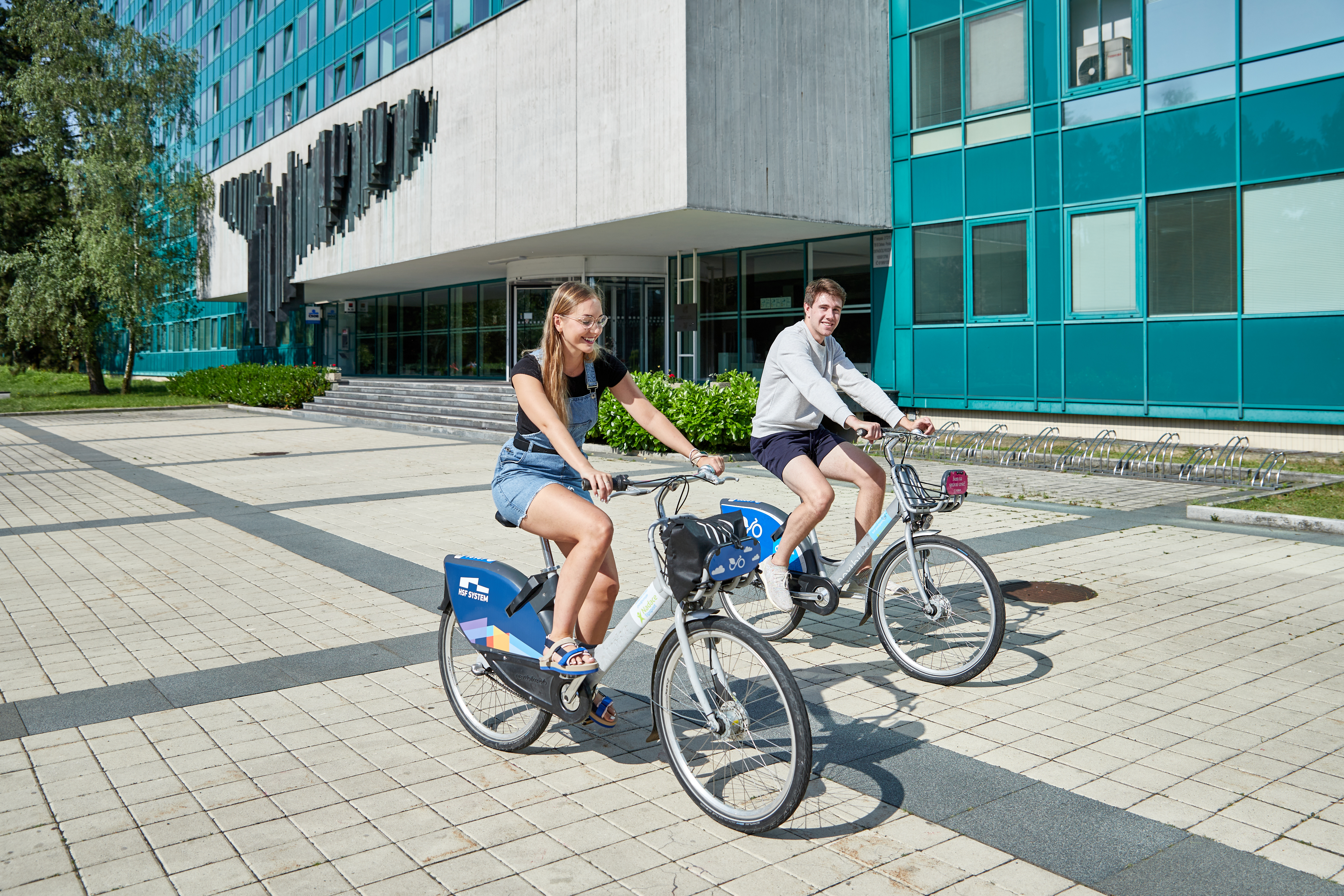 |
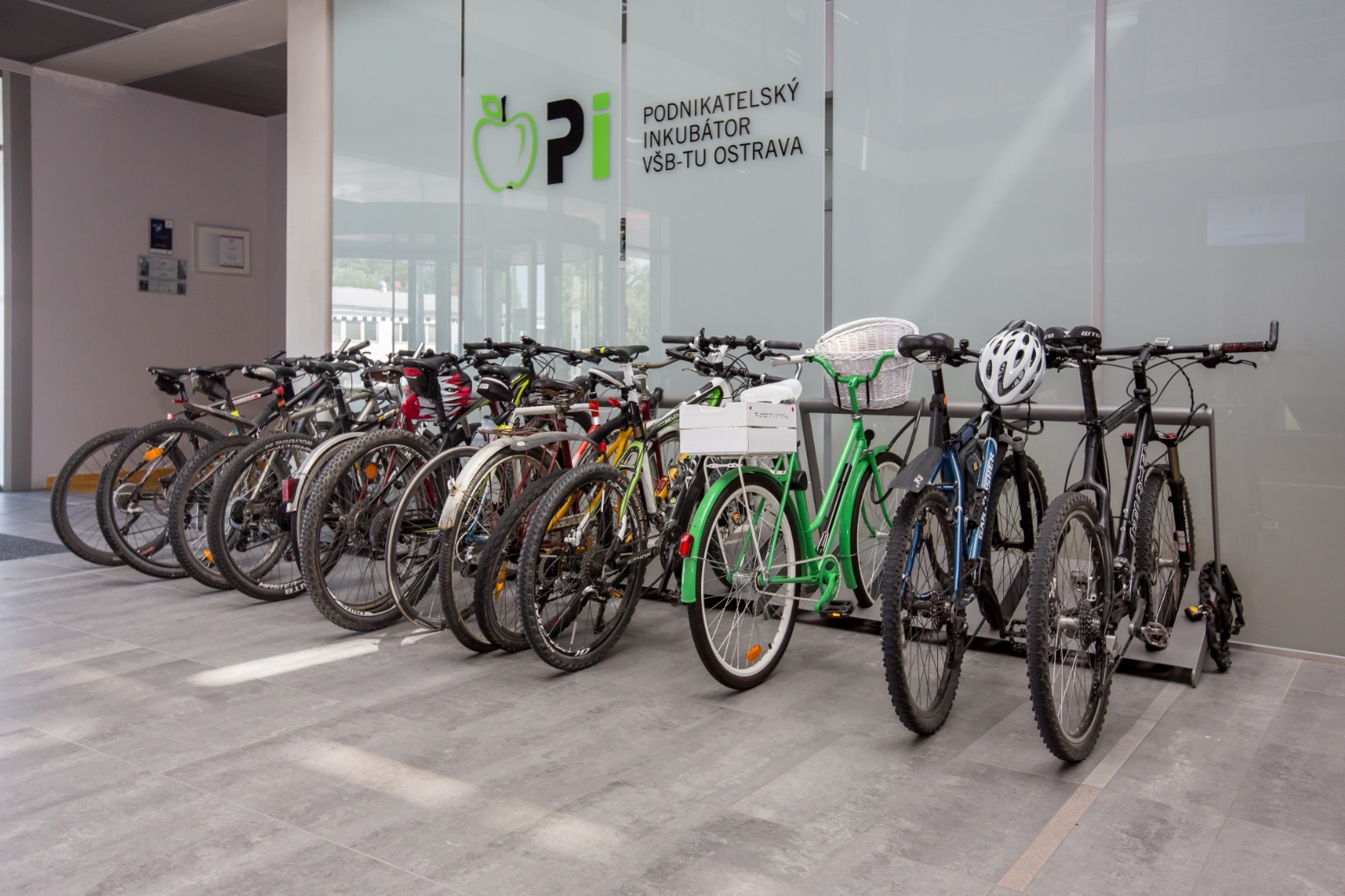 |
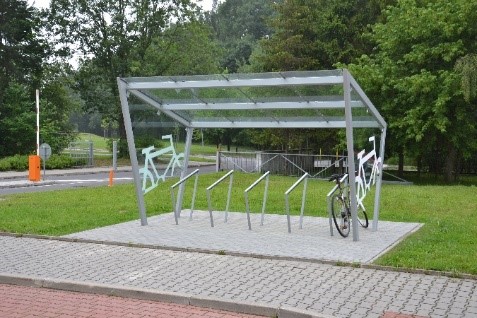 |
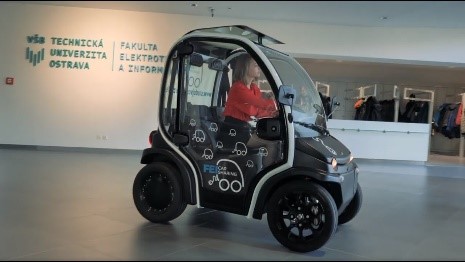 |
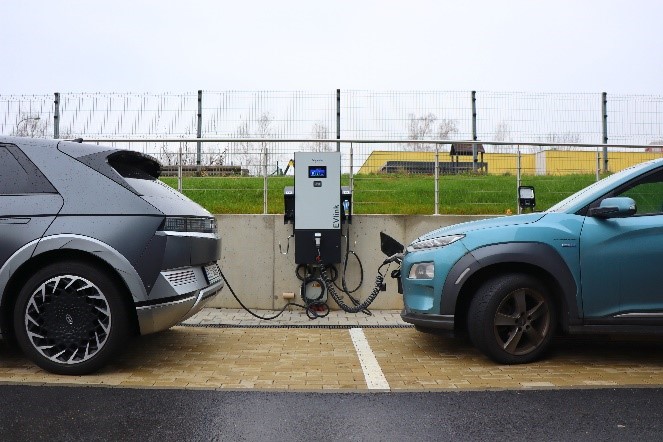 |
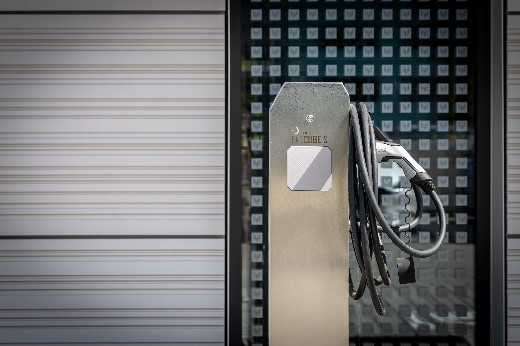 |
Useful links:
- How to get to our campus: https://www.vsb.cz/en/university/contacts-maps-parking/how-to-get-to-our-campus/#:~:text=You%20can%20get%20there%20by%20trams%20no.,centre%20you%20can%20get%20no
- Ostrava public transport: https://www.dpo.cz/travel/index-en.html
11.4.3. Allow remote working
VSB - Technical Unibersity of Ostrava promotes and allows telecommuting and flexible working arrangements for employees as a matter of policy, aiming to support equal opportunities and accommodate employees’ personal needs. According to the Employment Rules of VSB – Technical University of Ostrava (see Part 5 Working hours, obstacles to work and annual leave, Art. 5.1 Length, distribution and use of working time), flexible working hours and remote work are permitted when operational conditions allow. The University’s Promotion of Equal Opportunities policy offers several options to employees who are caring for a child or loved one, have medical disabilities that limit their workplace access, or face other life situations that may impact their work.
These options for example include:
- Part-time work or task-based agreements where feasible,
- Telecommuting, including the use of the employer’s equipment to perform work remotely,
- Flexible working hours where possible.
These policies reflect VSB-TUO’s commitment to supporting work-life balance and providing flexible working arrangements that reduce commuting needs and create an inclusive work environment.
11.4.4. Affordable housing for employees & 11.4.5. Affordable housing for students
VSB - Technical University of Ostrava provides affordable accommodation options for employees and students. Employees may access discounted accommodation in University dormitories by presenting an employment contract, and those in the ALUMNI network can also receive reduced rates at the University-run Garni Hotel.
For students, affordable housing is available in University dormitories and the Garni Hotel. Eligible students may receive an Accommodation Scholarship, which can be awarded to a student whose studies are financed from the budget of the Ministry of Education, Youth and Sports (this does not include self-payers or other payers, e.g., students whose studies are funded by the House of Foreign Cooperation), and who meets all of the following conditions as specified in Article 15 - Accommodation Scholarships of Scholarship Rules of VSB - Technical University of Ostrava.
The university continually monitors housing options to maintain affordability and provide competitive benefits for its community.

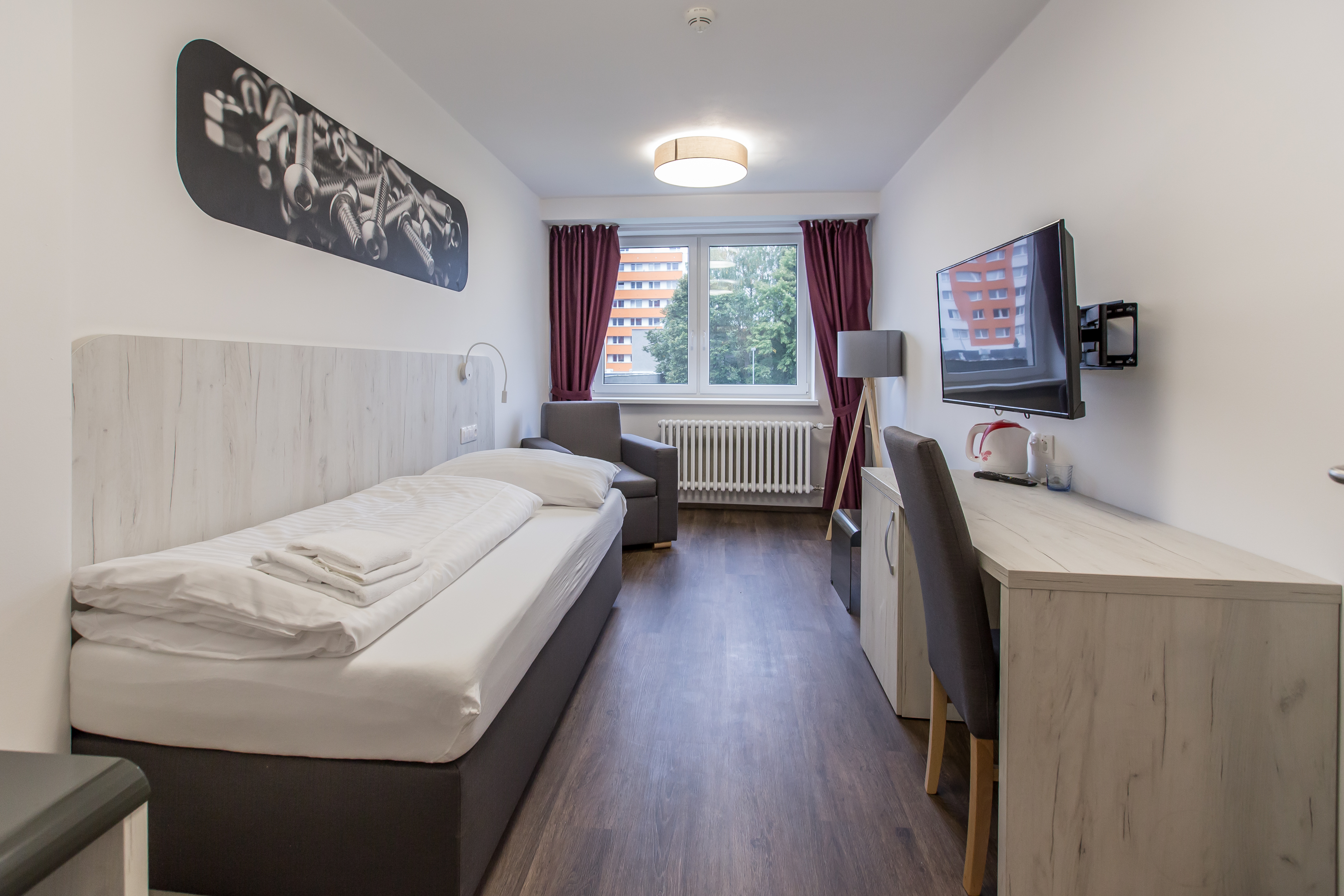

Useful links:
- Accommodation services for students: https://www.vsb.cz/ubytovani/en/student/
- Accommodation services for employees: https://www.vsb.cz/ubytovani/en/employee/
11.4.6. Pedestrian priority on campus
While cars have designated parking areas outside the building areas, pedestrian access is prioritised within the central campus. Walkways are designed for safety and convenience, linking several department buildings through covered paths, which offer protection from the weather.
Additionally, accessible features such as ramps and designated entryways support movement for those with disabilities, creating an inclusive environment.
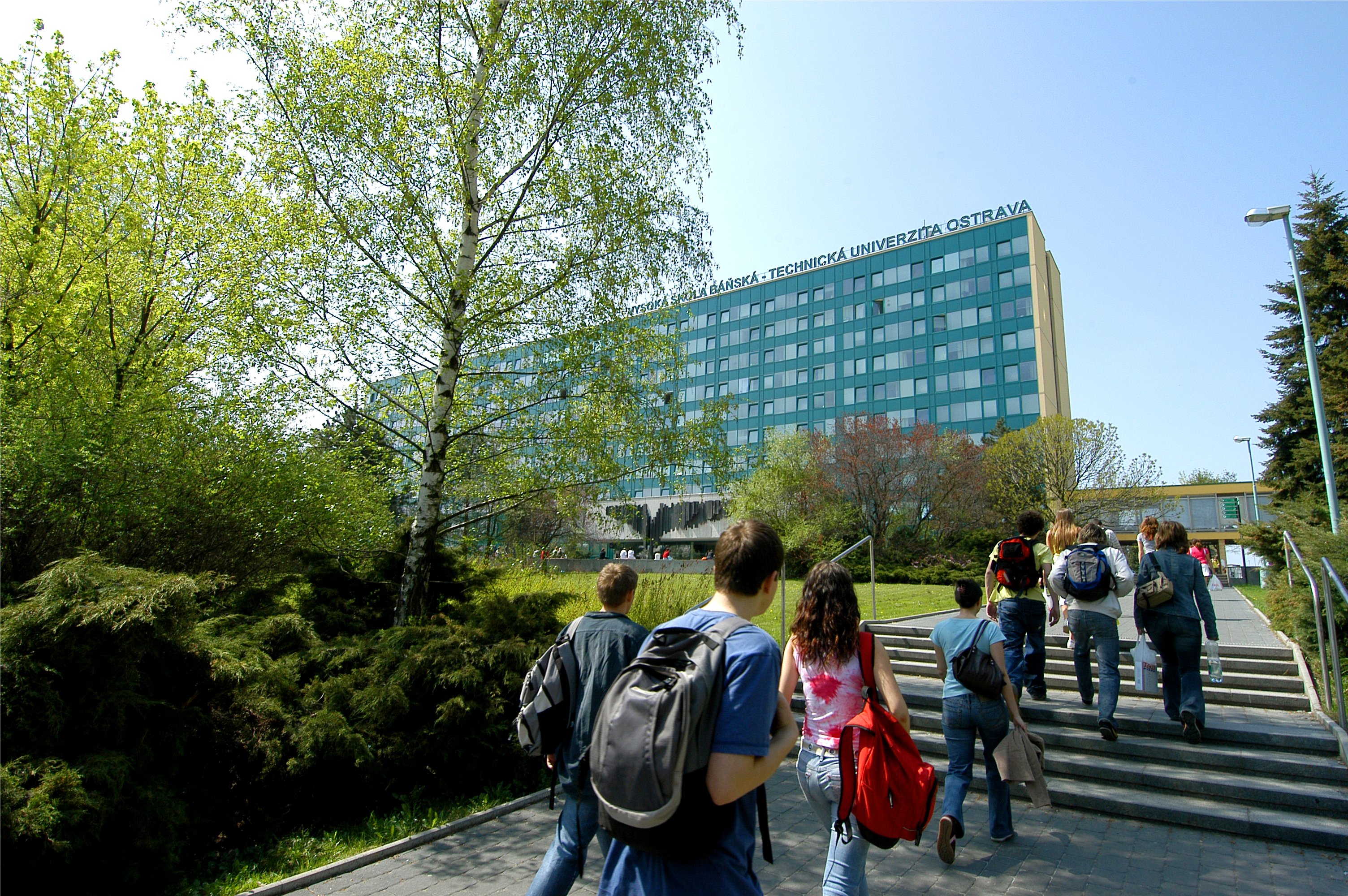 |
 |
 |
11.4.7. Local authority collaboration regarding planning and development
VSB - Technical University of Ostrava actively collaborates with regional stakeholders to support sustainable urban and regional development. Through its Faculty of Civil Engineering, the University conducts research on various topics, including the reliability and durability of building structures, advanced building materials, energy-efficient construction, modern architecture, and urbanism. These areas of expertise contribute to planning solutions that can benefit the local community.
VSB-TUO is a key partner in the SMARAGD initiative, a project aimed at transforming the innovation ecosystem of the Moravian-Silesian Region. SMARAGD fosters collaboration among research institutions, entrepreneurs, and local authorities to address pressing global challenges while ensuring the Region’s economic sustainability. These collaborative efforts lay the groundwork for development that can benefit residents and attract further investment in sustainable infrastructure.
11.4.8. Planning development - new build standards
VSB - Technical University of Ostrava constructs new buildings to sustainable standards, exceeding the minimum requirements set by national legislation, including the Act on Energy Management No. 406/2000 Coll. and the Decree on the Energy Performance of Buildings No. 78/2013 Coll.
All new buildings at the University have been designed as highly efficient, sustainable structures that meet part of their energy needs through renewable sources. These buildings incorporate advanced technologies such as photovoltaic cells, heat storage pumps, waste heat recovery systems, and window-opening sensors connected to air conditioning. Green roofs further reduce energy load.
Notably, the Centre for Energy and Environmental Technologies - Explorer (CEETe) and the Faculty of Economics showcase these sustainable practices. CEETe was recognised by Schneider Electric in the Sustainability Impact Awards for its contribution to decarbonisation, including the design of a microgrid for local electricity generation.

The Faculty of Economics building has also received multiple prestigious awards: the Grand Prix in the Stavba roku 2024 competition for the Moravian-Silesian Region, recognising excellence in construction and design, and an award from the Ministry of Industry and Trade in the Stavba roku 2025 nationwide competition, highlighting the University’s leadership in sustainable and innovative building practices. The award was granted for the innovative and sustainable approach to constructing an educational institution, with particular emphasis on digital building management. According to the jury, the new building represents a state-of-the-art standard in contemporary university construction, offering not only modern teaching and recreational spaces but also technological solutions for the future.
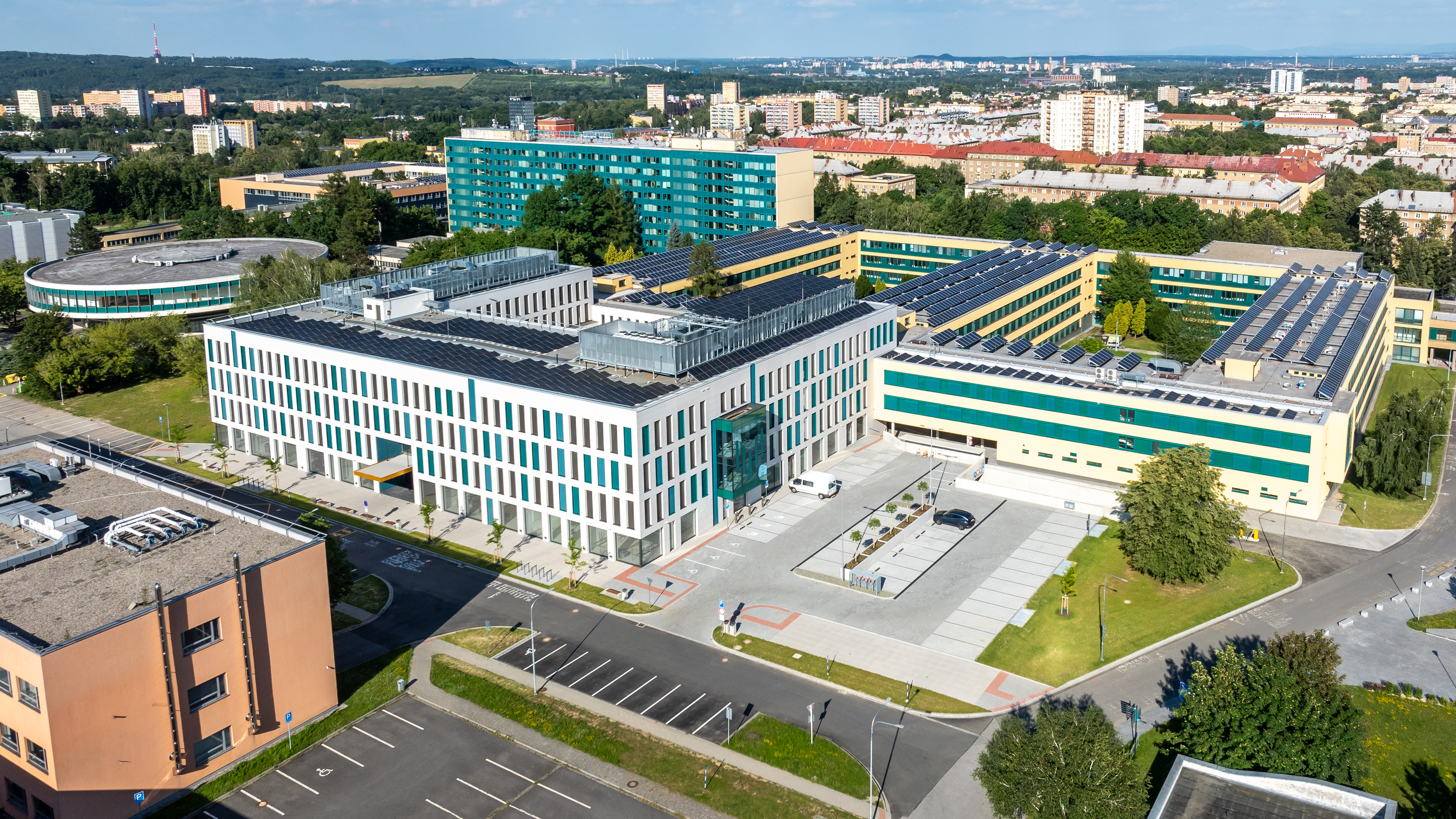
11.4.9. Building on brownfield sites
VSB - Technical University of Ostrava builds on brownfield sites wherever possible, avoiding the use of greenfield land. For instance, the Faculty of Safety Engineering is housed in a repurposed building that was previously a kindergarten. Rather than constructing on a greenfield site, the University renovated these existing premises to serve the needs of the faculty. This approach is part of the university’s broader commitment to efficient functioning, as outlined in our Strategic plan of VSB-TUO 2021–2027 under Priority C Efficient Funtioning, which aligns with the United Nations Sustainable Development Goals (SDGs).
The REFRESH project also emphasises revitalising existing spaces rather than constructing new buildings on undeveloped land.
Faculty of Safety Engineering: Before


Faculty of Safety Engineering: Now

